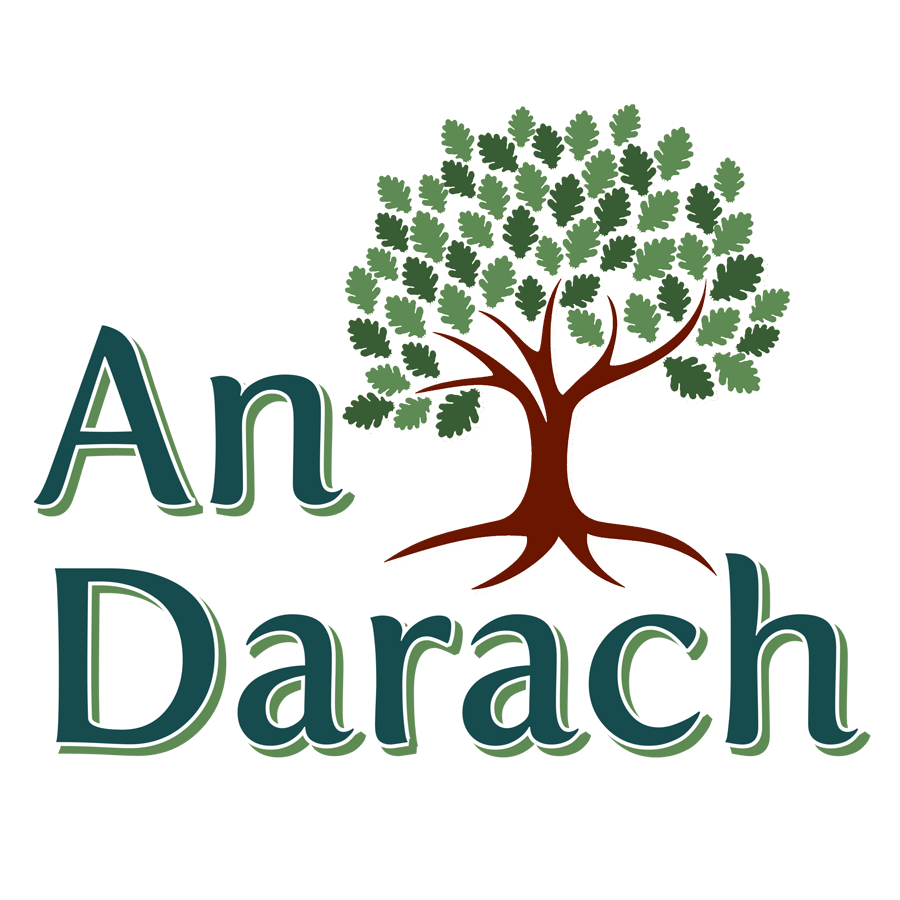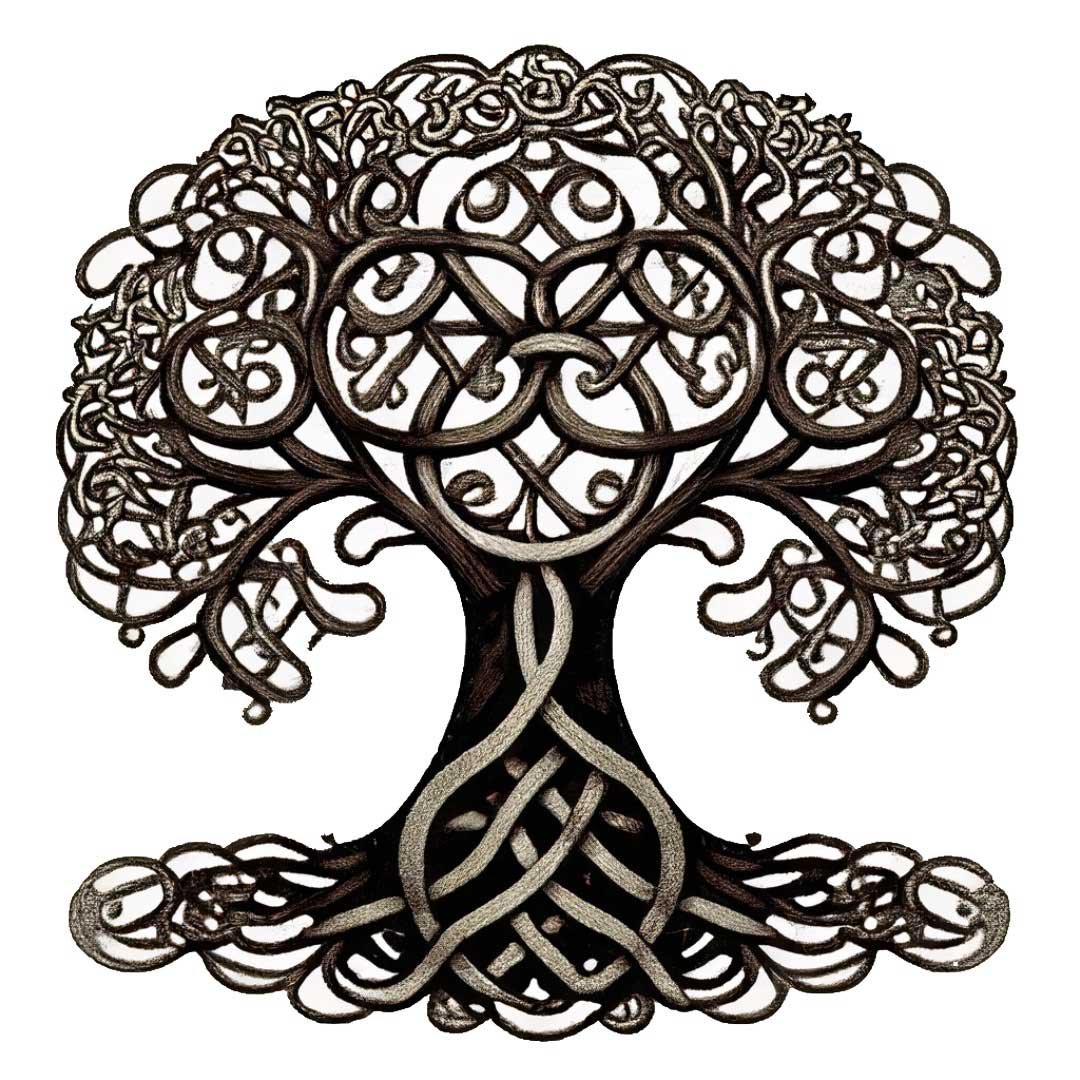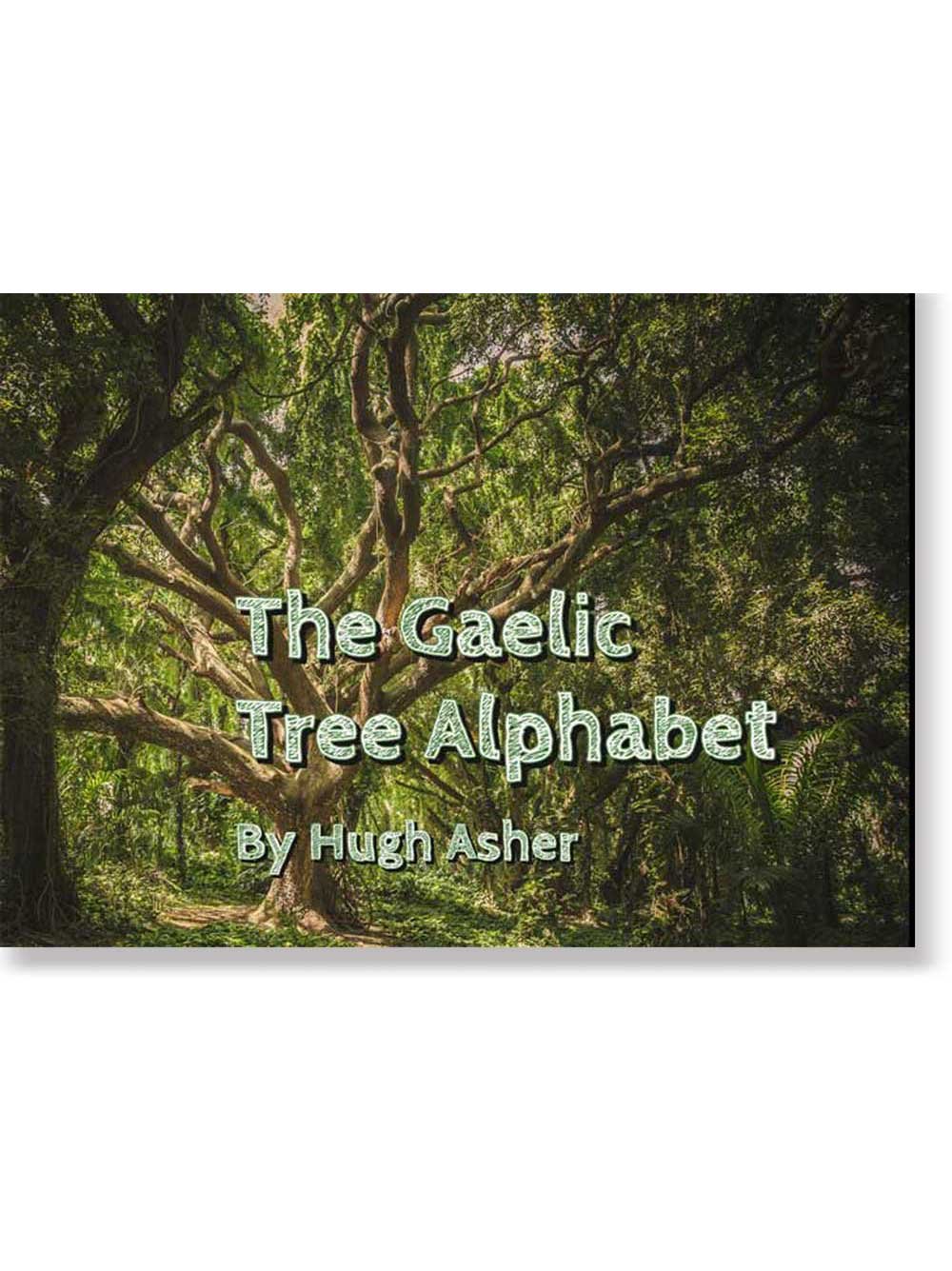The Importance of Nature Connection in Celtic Culture: Exploring Animism and Celtic Beliefs
4th November 2023
This is the fourth in a series of articles exploring nature connection in different indigenous and historical cultures including Native American and First Nation Cultures, Māori, and Indigenous Australians. This article explores what we know about nature connection in Celtic cultures.
Celtic culture is rich and diverse, characterised by a deep and profound connection to nature, and this connection is rooted in the spiritual and philosophical beliefs of the ancient Celts. At the heart of Celtic beliefs lies a deep reverence for the natural world, stemming from their animistic beliefs, a belief system that attributes spiritual significance to natural elements, and their spiritual connection to the land. This connection to nature, deeply ingrained in Celtic traditions, has played a crucial role in shaping their culture and worldview.
This article explores the importance of nature connection in Celtic culture, in particular examining the significance of animism and Celtic beliefs in fostering this connection.
The Foundations of Celtic Culture
Celtic culture is synonymous with the ancient peoples who inhabited parts of Western Europe, particularly the British Isles, Ireland, and Gaul, although they inhabited areas from Spain to the Black Sea, and were geographically the largest group of people to inhabit ancient Europe. The culture was characterised by its tribal organisation, warrior aristocracy and skilled craftsmen who were known for their elaborate art, including intricate metalwork and distinctive, often stylised art forms like the Celtic knot. They were not a single, homogenous ethnic group but rather a collection of distinct tribes and communities who shared certain cultural and linguistic characteristics.
The Celts spoke various Celtic languages, that can be divided into two major branches: Goidelic (or Q-Celtic) and Brythonic (or P-Celtic). Modern Celtic languages like Irish, Scottish Gaelic, Welsh, and Breton are descendants of these ancient tongues. They reached their greatest prominence during the Iron Age, roughly from the 8th century BC to the 1st century AD.
Celtic religion was polytheistic, with gods and goddesses associated with natural elements, as well as a belief in the afterlife. Many aspects of Celtic mythology and religious practices have been documented, but much remains unclear due to the limited written records. What we do know is that while the Celts were diverse and spread over a vast area, their shared cultural and spiritual beliefs were characterised by an intimate connection to nature.
Animism: The Heart of Celtic Spirituality
Animism, a core belief system in Celtic culture, is the concept that all things in the natural world possess a spirit or soul. For the Celts, this belief extended far beyond human beings, encompassing animals, plants, rivers, and even rocks. Animism was not a formalised religion but rather a fundamental aspect of daily life, and is closely related to the concept of "anam cara”, which means "soul friend". This term reflects the idea that not only humans but also the natural world have souls, and they are interconnected. It was the recognition of the divine within all living things, as well as the land itself, and this reverence for the inherent spirituality of the natural world that underpins the profound connection with nature seen in Celtic culture.
Sacred Landscapes
The Celts believed that certain landscapes were sacred and held powerful spiritual energy. Natural features, such as hills, caves, rivers, and ancient trees, were not just regarded as geographical landmarks but were imbued with spiritual significance and were considered to be the dwelling places of gods and spirits. Many Celtic rituals and ceremonies were performed in these natural settings to seek blessings, guidance, and protection and this sacred geography fostered a strong bond between the Celts and their surroundings, encouraging them to protect and respect the environment.
Trees as Sacred Symbols
The Celts had a deep affinity for trees, considering them as living beings with unique spiritual attributes, and that trees served as a bridge between the earthly and spiritual realms. The Oak tree, in particular, held immense significance in Celtic culture. It was seen as the "King of Trees" and was associated with strength, wisdom, and the power of the Druids, the Celtic spiritual leaders. Many rituals and ceremonies took place in sacred groves, where ancient Oak trees served as natural altars. This profound connection to trees and nature demonstrated the Celts' respect for the world around them and may be reflected in the Ogham and Gaelic ‘Tree Alphabet’.
Connections with Animals
The Celts believed that animals were not just creatures for sustenance but also spiritual guides and messengers. Certain animals, like the stag and the boar, held special significance and were often depicted in Celtic art and stories.
Ancestral Beliefs
Celtic animism also extended to the realm of the ancestors. In Celtic belief, ancestors are not just the spirits of deceased relatives but also the spirits of the land and its history, and this belief further solidified their connection to their natural surroundings. Ancestral spirits were consulted for guidance, and the Celts often buried their dead in the earth, ensuring that they remained connected to the land for generations to come. This type of ancestor worship is a way of paying respect to the past and recognising the role of the land and its history in shaping the present.
Celtic Beliefs and the Natural World
Celtic Mythology
The stories of the Celts, passed down through oral tradition, were often interwoven with the natural world, and Celtic culture is replete with nature deities, each associated with specific natural elements or landscapes. Deities like Cernunnos (the horned god associated with the wilderness and animals), Brigid (goddess of fire and fertility and linked to healing, poetry, and the hearth), and the Green Man exemplify the Celts' reverence for the various facets of nature. These deities were not distant, unreachable gods but entities intertwined with the everyday lives of the Celts. They personified the natural world, and the Celts revered them in a manner that emphasised their connection to nature.
The Wheel of the Year
Many Celtic festivals and celebrations are deeply tied to the changing of seasons and the natural world. The Celtic calendar was divided into four major festivals, marking the changing of the seasons - Imbolc, Beltane, Lughnasadh, and Samhain. These celebrations marked key seasonal transitions and were an opportunity to honour the land's fertility and the deities who oversaw these changes. Beltane, for example, marks the beginning of summer and is celebrated with bonfires, dance, and the adornment of homes with flowers. Samhain, the precursor to Halloween, is a festival marking the end of the harvest season and the beginning of winter, paying homage to the cycle of life and death in nature. Through these rituals and festivities, the Celts celebrated the agricultural and natural rhythms of their environment.
Nature-Based Spirituality
Celtic Druids, the spiritual leaders of the culture, played a central role in Celtic society, acting both as intermediaries between the human and spiritual realms, and also maintaining the connection between the Celts and the natural world. They were responsible for interpreting the signs and symbols found in the land, such as animal behavior, tree growth, and celestial events. They were not only scholars and advisors but also priests and keepers of the ancient wisdom. Druidic teachings emphasized harmony with nature, and they conducted rituals in natural settings to maintain this connection.
Respect for the Environment
Celtic culture placed a strong emphasis on environmental stewardship. The Celts recognised that their wellbeing was intimately tied to the health of the land and its resources. This respect for the environment can be seen in their agricultural practices, which were sustainable and in harmony with the natural world.
The Legacy of Celtic Nature Connection in Modern Times
While the ancient Celtic culture may have diminished over the centuries, its influence still resonates today. The importance of nature connection in Celtic culture has left an enduring legacy in that many people, both of Celtic heritage and from other backgrounds, have found inspiration in these ancient beliefs. People across the world are now rekindling their connection to nature, drawing inspiration from Celtic beliefs and animistic traditions. Moreover, the ecological and environmental movements of today often echo the Celtic respect for the land and its resources. Many people look to the past for guidance in building a more sustainable and harmonious relationship with the natural world. Here are some features of ancient Celtic culture that can inspire modern environmental ethics and practices:
Sustainability
The Celts' sustainable agricultural practices and respect for the environment provide valuable lessons for addressing contemporary ecological issues.
Community and Connection
The idea of interconnectedness and community extends to all life forms, promoting a sense of responsibility towards the wellbeing of the planet and all its inhabitants.
Celebrating Nature
Celtic festivals that mark the changing of seasons remind us to celebrate and respect the cycles of nature and the importance of each season in the grand scheme of life.
Final Thoughts
The importance of nature connection in Celtic culture is deeply rooted in animism and a spiritual connection to the land. This reverence for the natural world, sacred landscapes, and seasonal celebrations allowed the Celts to thrive in harmony with their environment. The legacy of these traditions continues to inspire contemporary society, urging us to re-establish our own bonds with the natural world and embrace the profound connection that defined the Celtic culture for centuries.
If you have enjoyed this article and would like to support what we do by donating £2 or more to buy saplings please follow the link below:





























































